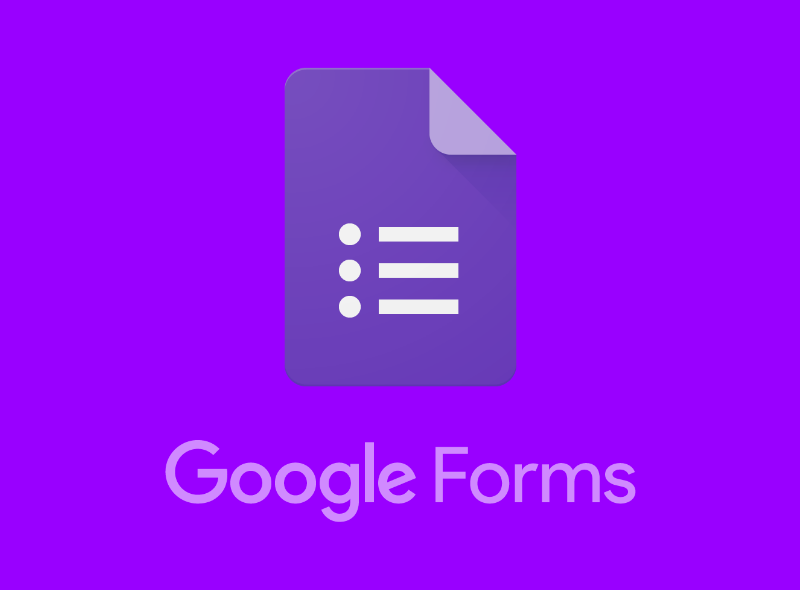Google Forms is a form builder that lets you create custom surveys, form letters, and other forms. You can also add custom fields and buttons to your forms so users can easily submit data.
When people submit data through your Google Forms, their submissions are automatically ranked in order of how often they are submitted. This ranking is called the “frequency score.”
Forms with high-frequency scores are more likely to be seen by Google search engines and receive more attention from users. So if you want your forms to be seen by as many people as possible, make sure to include features that promote submission (like easy-to-use submission buttons).
How to add a ranking field in Google Forms

Step 1: Label your form and questions
Labelling your form and questions is the first step in adding a ranking field in Google Forms. Use descriptive labels for your questions and indicate which column the ranking field should be inserted into. For example, if you want to add a ranking field for submitted forms, label your form “Submit Your Form” and place the ranking field in the “Questions Asked” column.
Here are some other tips for labelling your form:
- Use keywords that are relevant to your form content.
- Make sure all of your labels are accurate and concise.
- Avoid using too many labels, as this can confuse users.
Once you’ve labelled your form and questions, creating the Ranking Field questionnaire template is time. This template will help you determine how best to insert your ranking field into Google Forms.
Step 2: Create a multiple-choice grid question
How can you create a multiple-choice grid question in Google Forms?
The best way to create a multiple-choice grid question is by using the conditional formatting feature in Google Forms. This allows you to format the answer choices as text boxes, which makes it easy to create a question with at least three options.
To do this, open your form in Google Forms and click on the “Conditional Formatting” tab. You’ll need to select the “Text Box” option from the dropdown menu.
Once you’ve selected it, click the “Formatting Rules” button to open the formatting window. You’ll need to set up your conditions for each answer choice.
Step 3: Toggle on ‘Require a response in each row’
Adding a ranking field to Google Forms can help you better track the outcomes of your survey. By default, Google Forms asks respondents to enter their responses in the same row, making it difficult to see how individual responses affect the overall results.
To toggle on ‘Require a response in each row’, follow these steps:
- Open your form in Google Forms.
- On the Main Menu, click Settings.
- Under “Form settings”, click Require a response in each row.
- Select the checkbox next to “Enabled”.
- Click Save Changes at the bottom of the page.
Step 4: Limit to one response per column
If you want to add a ranking field in Google Forms, you’ll need to limit the number of responses per column. This will help keep your data clean and easier to analyse.
To limit responses per column:
- Open Google Forms.
- Click on the form’s main tab (the one with all the columns).
- Click on the “Form Settings” button in the lower-right corner of the form.
- In the “Form Settings” box that pops up, click on the “Columns” tab.
- In the new “Columns” tab, click on the + button.
- Select the “Number of Responses” radio button from the drop-down menu and make sure it is set to a value between 1 and 100. This will limit your responses to a random number between 1 and 100.

Five limitations of ranking questions in Google Forms
1. Tedious setup
Setting up the question format and ensuring all required fields are included can be time-consuming. Additionally, Google has stated that ranking questions is not a priority for the company, so don’t expect your questions to fare well. Lastly, remember that asking too many related or duplicate questions may hurt your form’s rank.
2. Confusing analysis
Ranking questions can be confusing for users and can impact the analysis of the data collected. Additionally, ranking questions can be difficult to implement and maintain, which could limit their use. Finally, ranking questions can be difficult to measure and may not provide accurate results.
3. Limited customisation
One of the main limitations is that Google Forms cannot be customised very granularly. For example, you can’t specify which questions are mandatory or optional. Additionally, some questions may not be relevant to all respondents, so you’ll need to weigh your results accordingly. Overall, Google Forms remains a powerful tool for collecting data online.
4. Few integrations
Ranking questions are essential for gathering feedback and opinion, but they can be difficult to integrate into a larger survey. Ranking questions can also be less reliable when compared to open-ended or yes/no questions. Additionally, some integrations require premium accounts, limiting their use in certain cases.
5. Poor user experience
Users hate Google Forms because of the poor user experience. The most common complaints are that it is hard to type in questions, it is difficult to find the right answer, and it is hard to save your form. Ranking questions is also a major limitation of Google Forms. Most users don’t know how to rank their questions and end up with low-quality results.
The benefits of google forms ranking
Here are some of the benefits of using Google Forms ranking:
- Forms can help you collect user feedback and data quickly and easily.
- Forms can help you track user engagement and behaviour.
- Forms can help you improve your website or product.
- Forms can help you understand user needs and wants.
Conclusion
In conclusion, Google Forms can improve your website’s ranking. They are easy to gather data from your audience and can be incorporated into your website’s design to improve the user experience. Use them to ask questions whose answers can help you better understand your customers or gather feedback on products or services. Remember that Google Forms will only rank high if users find the form easy to use and beneficial to their interests.
Was this article helpful? Let us know in the comments.
FAQs
What is a google forms ranking question example?
Here are some examples of ranking questions:
- How likely are you to recommend this form to a friend?
- What kind of feedback would you like to see on this form?
- Can we keep track of how many responses you give us?
- When will you have the time to fill out this form?
What is the difference between a google forms ranking question and a google forms rating question?
A google form ranking question helps you rank your form higher in search engine results pages (SERPs). Ranking questions typically ask users to rate a given form or input. This helps you to understand how users feel about your form and gives you valuable feedback that can help improve your form’s design.
Google forms rating questions, on the other hand, are used to track user engagement with your form. When users complete these questions, it helps them determine which areas of their form need more attention. By tracking user engagement, you can ensure that all of your forms’ content is read and used by users.
What factors do you consider when creating a website that googles forms ranking?
- When it comes to creating a website with that Google Forms ranking, you need to take into consideration a variety of factors. Some key considerations include the site’s layout, design, and functionality. Additionally, you should ensure that your site is up-to-date and includes all the necessary features for users to complete forms.
- While there is no perfect approach to designing a Google Forms-friendly website, incorporating principles such as clarity and simplicity can go a long way. You also want to ensure that your site is mobile-friendly so that users can complete forms anywhere in the world.
- Always keep your site updated and include new features as they become available; this will help you maintain your position in the search engine results pages (SERPs).


